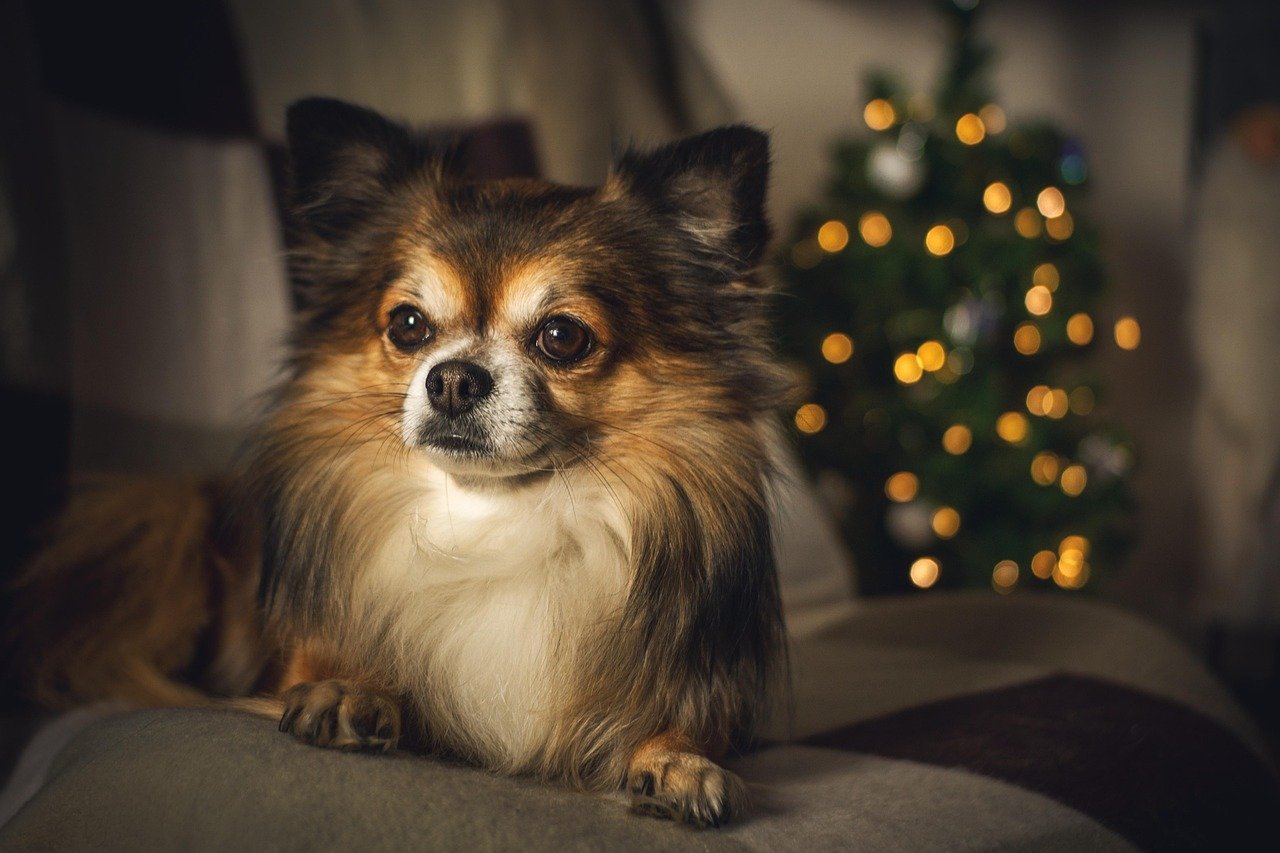Imagine stepping outside with your furry friend on a frosty morning, only to see their little paws hesitate at the door. For some dogs, winter isn’t just another season—it’s a real challenge. Not every breed is built for snowball fights and icy hikes. If you live in the northern U.S., knowing which pups need extra warmth could make all the difference between a happy winter and a shivering, uncomfortable companion. Let’s cozy up and explore which breeds need your help staying toasty when the temperature plummets.
Chihuahua

Chihuahuas are adorable and spunky, but their tiny size and short coat leave them defenseless against the cold. It’s not uncommon to see them shivering even indoors when the heat’s turned down. Owners often notice their Chihuahuas burrowing under blankets or refusing to go outside during winter.
When temperatures drop, keep an eye out for trembling, paw lifting, or reluctance to walk. Sweaters and booties are more than cute accessories—they’re essential. Limit time outdoors, and always have a warm, soft space for them to retreat to after chilly outings.
Italian Greyhound

Italian Greyhounds have sleek, thin bodies and very little body fat, making them especially sensitive to the cold. Even a quick walk in brisk weather can leave them shaking and anxious. Their short, smooth coat offers almost no insulation.
Watch for signs of discomfort like shivering, huddling, or constantly seeking warmth. Protective clothing is a must. Try to schedule walks during the sunniest parts of the day, and avoid icy sidewalks that can chill their delicate paws.
Chinese Crested

The Chinese Crested, especially the hairless variety, is practically naked in winter. Without fur to insulate them, they’re prone to chills and even frostbite. You might notice them seeking out heat vents or curling up in tight balls to conserve warmth.
Be vigilant for dry, flaky skin or reluctance to play. Moisturize exposed skin as needed and use dog-friendly balms on sensitive areas. Invest in cozy pajamas and limit outdoor exposure on snowy or windy days.
Greyhound

Despite their athletic build, Greyhounds don’t have the thick fur needed for a northern winter. Their body fat is minimal, so they lose heat quickly, especially in windy conditions. It’s common to see a Greyhound shivering after just a few minutes outside.
Behavioral cues like trembling or hesitant steps mean it’s time to head indoors. A snug coat and paw protectors are wise investments. After walks, warm them up with gentle petting or a heated blanket (set on low, of course).
Miniature Pinscher

The Miniature Pinscher’s sleek coat looks stylish, but it offers little protection when the mercury drops. These active, alert dogs may seem tough, but they’re actually quite sensitive to cold weather. You may notice your Min Pin shivering or seeking out the warmest spot in the house.
Limit time outdoors and choose games that can be played inside when it’s frigid. A fitted sweater and insulated boots can make bathroom breaks less uncomfortable, and always dry off their paws when they come back in.
Whippet

Whippets are gentle and graceful, but their short, thin fur leaves them vulnerable when winter arrives. It’s easy to spot a chilly Whippet—they’ll curl tightly into a ball or try to snuggle under covers at every opportunity.
If your Whippet starts limping, picking up their feet, or refusing walks, it’s a sign they’re too cold. Layer up with a well-fitting coat, and try to keep walks brief. Warm snuggles on the couch are a must after any outdoor time.
Yorkshire Terrier

Yorkies have beautiful, silky hair, but it’s more like human hair than a thick dog coat. This means they can get chilly fast, especially if their coat is kept trimmed short. You might notice your Yorkie shivering or whining in cold rooms.
To help, keep their coat a bit longer in winter and use sweaters for extra insulation. Watch for signs like cold ears or restlessness. Indoor playtime and a heated bed can keep your little companion cozy and calm.
French Bulldog

French Bulldogs are stocky, but their short snouts and coats mean they’re not built for cold climates. They can struggle to breathe deeply in frosty air, and their ears and paws are especially prone to freezing.
Look for signs like wheezing, refusal to walk, or burying themselves in blankets. Dress them in layers and avoid long walks in extreme cold. Always check their paws for cracks or ice buildup after being outside.
Papillon

Papillons are delicate and light, with fine, silky fur that doesn’t do much against a biting wind. They often tremble or seek your lap for warmth during winter. Their small size means they lose body heat rapidly.
A soft sweater and insulated boots can help, but always supervise outdoor time. If your Papillon starts shivering or acting lethargic, it’s time to get inside and warm them up gently.
Dachshund

With their short legs and close-to-the-ground bodies, Dachshunds are especially affected by cold and snow. Their bellies can brush against icy surfaces, making them uncomfortable and reluctant to venture outside.
Signs of distress include whining, lifting their paws, or trying to turn back to the door. Consider using a long, insulated coat to cover their body fully, and keep walks short on the coldest days. Offer plenty of cuddles and a warm bed after being outside.

Born and bred in South Africa, a Capetonian at heart. Amy-Leigh’s love for nature and animals was inherited from her Dad. He loves taking the family on road trips to experience nature at its finest; Amy-Leigh’s favourite being whale watching in Hermanus and spotting Kudu along the West Coast. Amy-Leigh holds a BA in English Literature and Communication Studies.






